Black forex market now seeing the light
 |
| The state is encouraging people to trade currencies through official channels |
By end of last week, the selling exchange rate in black forex market moved much closer to banking system’s rate at VND21,000 per dollar and VND20,950 per dollar, respectively.
Cao Si Kiem, former State Bank governor, said that the narrowing gap between two rates demonstrate improved dollar supply. “Just two months ago, while banks traded dollars at VND20,500 per dollar, the black forex market sometimes traded greenbacks at VND22,000 per dollar. Lifting dollar reserve requirements and setting cap on deposit interest rate for dollar mobilisation have together discouraged people from hoarding dollars,” said Kiem.
However, the State Bank just took another step toward ruling out dollar trading on the black market.
On April 8, with Document No.2766/NHNN-QLNH, the State Bank required its municipal and provincial branches to closely monitor foreign exchange agents. Accordingly, if the forex agents are found trading dollars to individuals, their registration certificates could be revoked.
“Notices will be sent to authorised credit institutions requiring them to terminate dollar trading contracts, and registration certificates should not be re-granted to the violating agents,” said the State Bank.
Nguyen Thi Kim Thanh, head of the central bank’s Banking Strategy Institute, said that this tightening was needed to control forex trading agents scattering around the country.
“Also, the low dollar mobilising rate would remove the dollar stipulation mentality,” said Thanh.
Two weeks ago, the State Bank put a cap on foreign currency deposit interest rate at 3 per cent per year for individuals, substantially lower than the rates of 5 per cent per year the banks were applying. The authority expected that this might prompt Vietnamese to exchange their dollars for dong for which deposit rates ranged between 14-18 per cent, per year.
By end of 2010, according to Deputy Prime Minister Nguyen Sinh Hung total dollar denominated banking system deposits stood around $21 billion from corporates and individuals.
The bank also increased the foreign currency reserve requirement ratio by 2 per cent to a range of 4-6 per cent in order to limit the foreign currency lending as the cost of funding for lending foreign currencies will increase.
In the first quarter of 2011, credit growth was mainly driven by foreign currency lending. In the break-down, dollar credit growth hit 12.06 per cent, while Vietnam dong credit growth stood at 1.43 per cent.
Marc Djandji, head of research department at Viet Capital Securities Company, said that the authority might have to increase the foreign currency reserve requirement ratio again if it wanted to slow dollar-denominated lending growth.
“We estimate that an increase of 2 per cent in the reserve requirement ratio will withdraw from the economy $400 million,” said Djandji.
What the stars mean:
★ Poor ★ ★ Promising ★★★ Good ★★★★ Very good ★★★★★ Exceptional
Related Contents
Latest News
More News
- The promotion of ESG via banking (November 21, 2024 | 09:32)
- Standard Chartered committed to Vietnam’s financial success (November 21, 2024 | 09:24)
- Full ESG adoption the priority for Agribank (November 21, 2024 | 09:07)
- Banks entice youth with tech advances (November 21, 2024 | 08:00)
- Banks shaping the future as business advisors (November 20, 2024 | 21:00)
- ESG represents a shift towards sustainability for banks (November 20, 2024 | 13:00)
- GGGI supports Vietcombank’s debut of $80 million green bonds (November 20, 2024 | 11:20)
- SHB and the ESG journey: creating social value in every step (November 19, 2024 | 15:00)
- Banking sector contributes to ESG, green growth, and sustainable development (November 19, 2024 | 14:42)
- ESG implementation in banking: from awareness to action (November 19, 2024 | 12:08)




 Tag:
Tag:
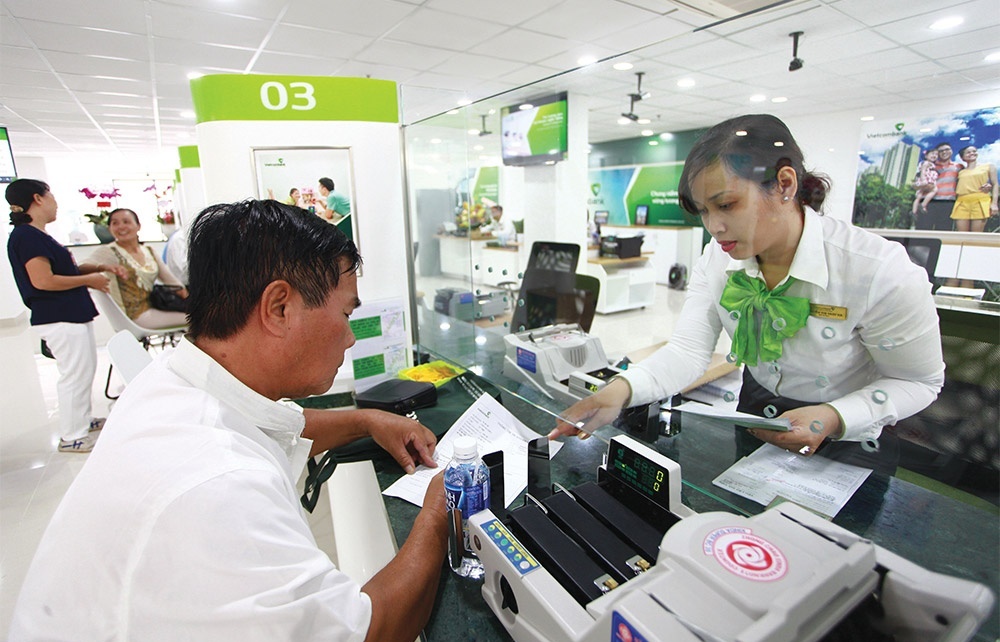
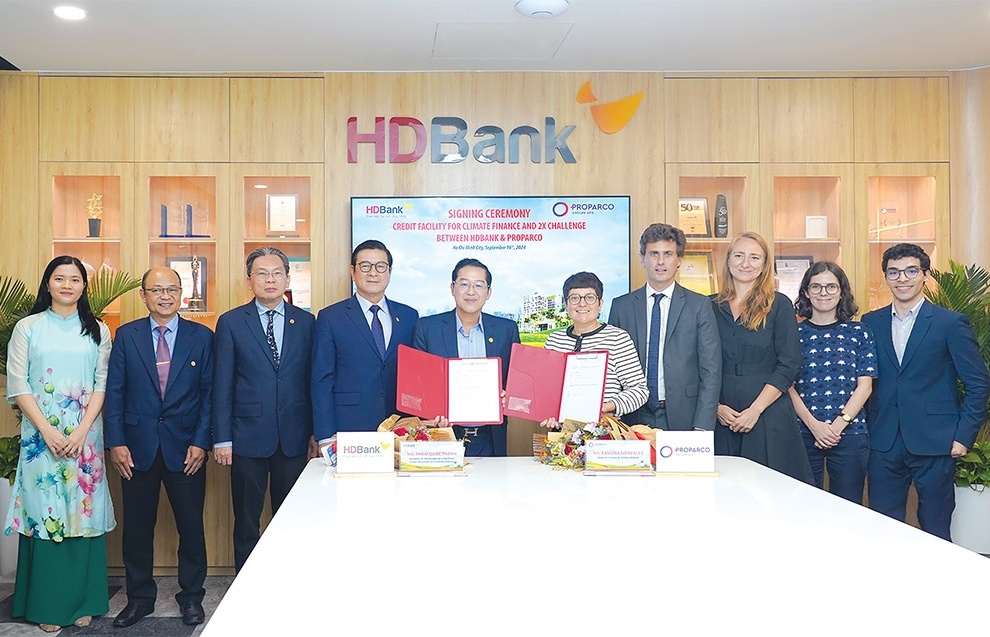
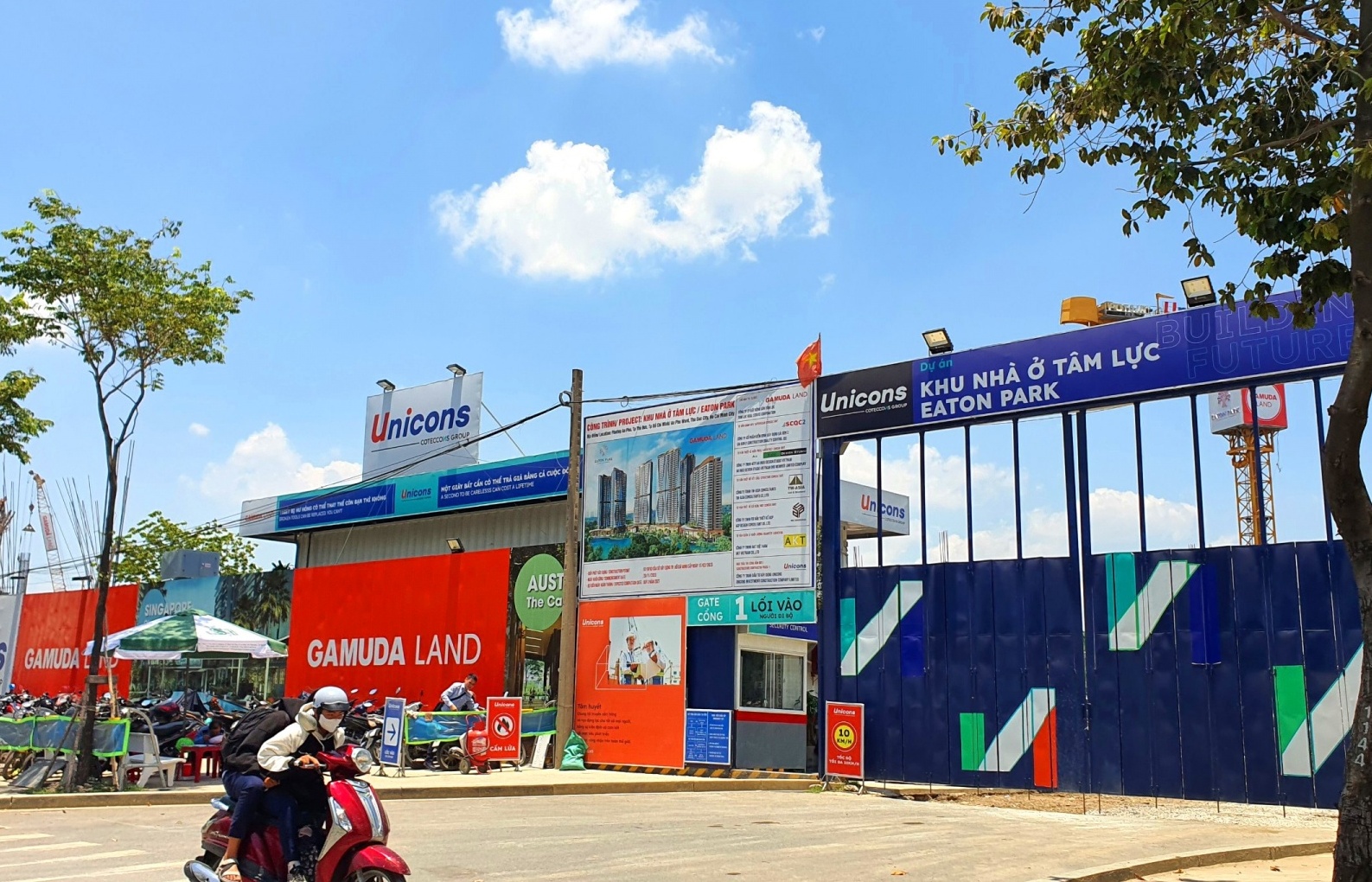
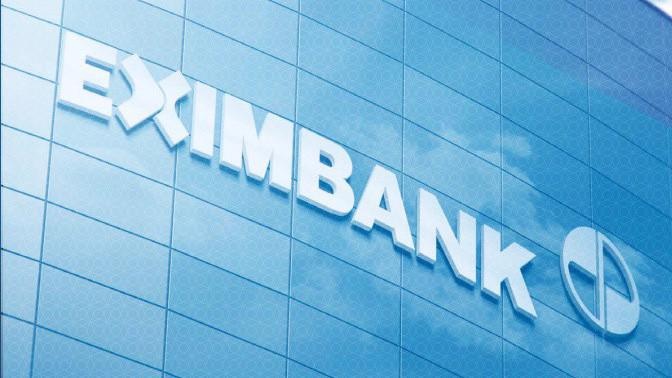
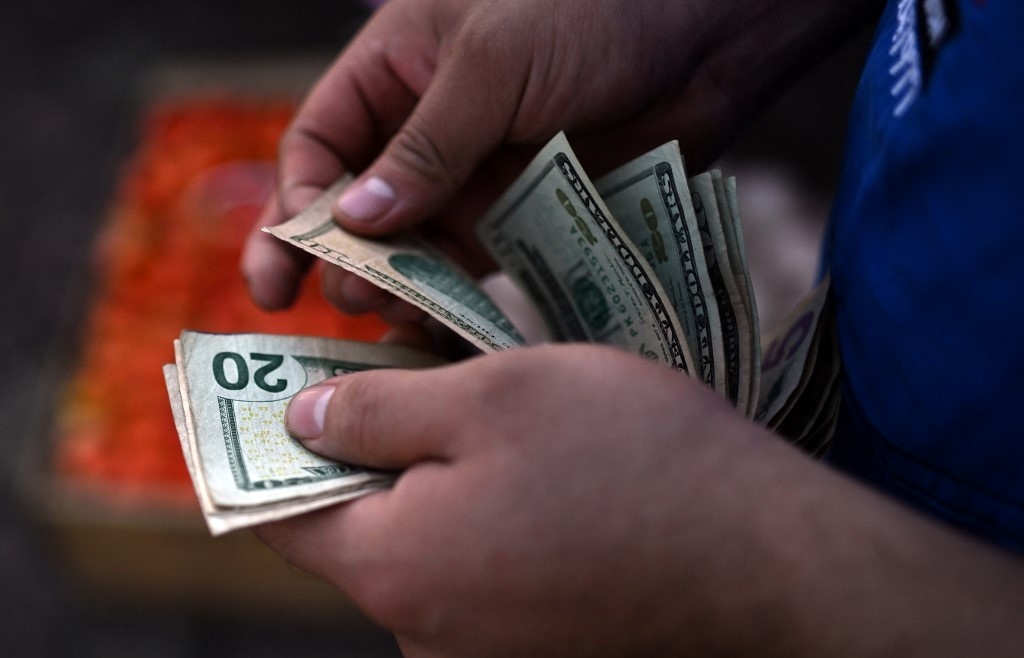













 Mobile Version
Mobile Version